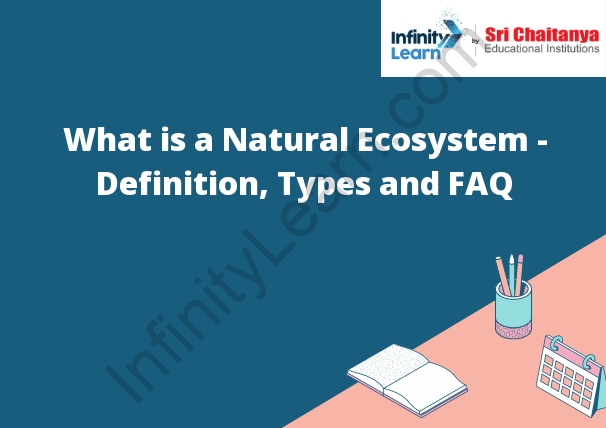Table of Contents
What is a Natural Ecosystem
A natural ecosystem is an environment where plants, animals and other organisms interact with one another and their physical environment. The term can refer to a specific location, such as a rainforest or coral reef, or to a type of environment, such as a desert or grassland.

Types of Ecosystems
There are two types of ecosystems: aquatic and terrestrial.
Aquatic ecosystems are found in water environments, such as oceans, rivers, and lakes. They are home to a variety of plant and animal life, including both salt- and freshwater species. Aquatic ecosystems can be further divided into marine ecosystems, which are found in the ocean, and freshwater ecosystems, which are found in rivers, lakes, and other bodies of fresh water.
Terrestrial ecosystems are found on land. They are home to a variety of plant and animal life, including both temperate and tropical species. Terrestrial ecosystems can be further divided into forest ecosystems, which are found in areas with lots of trees, and grassland ecosystems, which are found in areas with lots of grasses.
Natural Ecosystem
A natural ecosystem is an environment consisting of all the plants, animals, and microorganisms in an area together with their physical environment.
Categories of Natural Ecosystems
There are three main types of natural ecosystems: terrestrial, aquatic, and marine.
Terrestrial ecosystems are land-based, and can be further subdivided into forests, grasslands, and deserts. Forests are dominated by trees, while grasslands have more grasses and less trees. Deserts have very little vegetation and are very dry.
Aquatic ecosystems are water-based, and can be further subdivided into freshwater and marine ecosystems. Freshwater ecosystems are found in lakes, rivers, and ponds, while marine ecosystems are found in the ocean.
Marine ecosystems are much more complex than freshwater ecosystems, and are home to a wider variety of lifeforms. Marine ecosystems can be subdivided into coral reefs, estuaries, kelp forests, and the open ocean.
Aquatic Ecosystem:
An aquatic ecosystem is an ecosystem that exists in a body of water. It can be a saltwater ecosystem, such as an ocean or a coral reef, or a freshwater ecosystem, such as a lake or a river.
An aquatic ecosystem is made up of three main parts: the abiotic factors, the biotic factors, and the food web.
The abiotic factors in an aquatic ecosystem include the water itself, the temperature of the water, the light levels, and the salinity of the water.
The biotic factors in an aquatic ecosystem include the plants and animals that live in the water.
The food web in an aquatic ecosystem is made up of the different plants and animals in the water and the way they are all connected.







